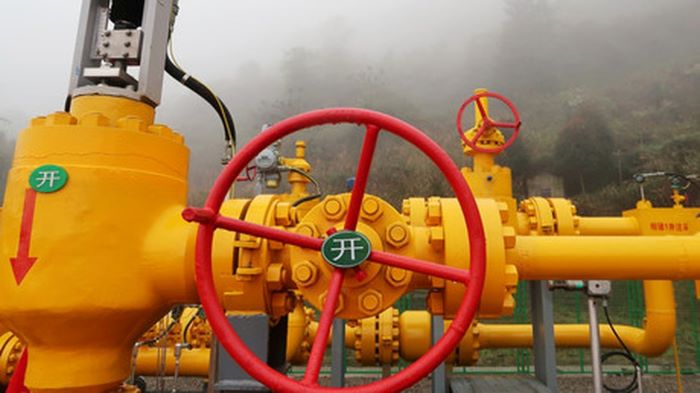(4 Minutes Read)
Libya’s oil production has hit its highest point since 2013, as the state-run National Oil Corporation (NOC) reported that daily output surpassed 1.4 million barrels on Tuesday. This achievement highlights the major progress made in revitalising the country’s crucial oil industry, which has faced operational challenges and geopolitical turmoil for more than ten years.
The NOC’s statement revealed that crude oil and condensate production surpassed 1.4 million barrels, supplemented by an estimated 200,000 barrels of gas production. This brings Libya’s total hydrocarbon output to 1.6 million barrels per day—a notable achievement for a nation whose energy sector has repeatedly been destabilised by conflict and political volatility.
The increase in production comes amid efforts by Prime Minister Abdul-Hamed Dbeibah’s administration to further elevate Libya’s energy output. Plans are in place to boost daily oil and gas production to 2 million barrels by the end of 2025, a target seen as both ambitious and contingent on maintaining the fragile political stability necessary for sustained investments and operations. While these figures offer hope for Libya’s economy, they also highlight the ongoing challenges the country faces. Decades of underinvestment in infrastructure, coupled with intermittent blockades of oilfields and export terminals, have hampered the industry’s potential. Experts caution that achieving sustained production growth will require addressing broader structural and political issues, including equitable resource distribution and maintaining the integrity of critical infrastructure.
Read Also:
https://trendsnafrica.com/protesters-in-libya-shut-down-key-oil-distribution-valves/
Libya’s oil sector remains the linchpin of its economy, accounting for nearly all export revenue and a significant share of GDP. As such, the resumption of high production levels is not only a technical milestone but also a potential turning point for the country’s economic trajectory, provided the momentum can be sustained.





